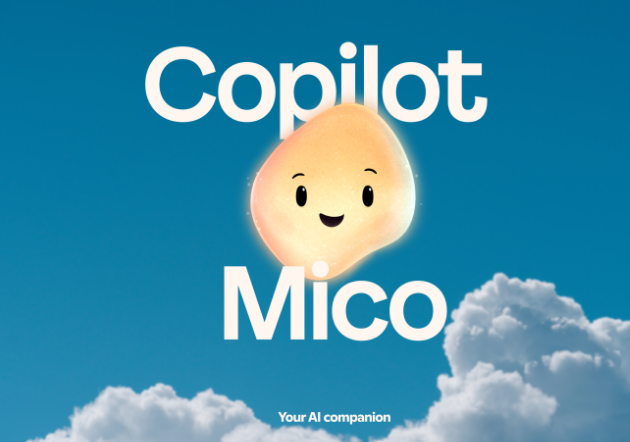With the rapid advancement of artificial intelligence technology, AI-generated videos are becoming increasingly realistic, posing serious security risks to society. Recently, a $25 million fraud case utilized AI-produced realistic videos. To address this challenge, a research team from Columbia Engineering University has developed an innovative tool called DIVID (DIffusion-generated VIdeo Detector), designed to detect AI-generated videos.

The core advantages of DIVID include:
1. Targeting new-generation AI: Specifically designed to detect videos generated by diffusion models, such as those produced by OpenAI's Sora, Runway Gen-2, and Pika.
2. Technological innovation: Utilizes the DIRE (Diffusion Reconstruction Error) technique, which identifies AI-generated content by comparing the input video with the output reconstructed by a pre-trained diffusion model.
3. Building on past success: DIVID extends the team's previously developed text detection tool, Radar, expanding AI detection from the text domain to the video domain.
4. Openness: The research team has publicly released the open-source code and dataset, promoting further development and application of the technology.
The emergence of DIVID marks a significant advancement in AI content detection technology. As AI-generated videos become widely used in social media, news, and commercial sectors, the importance of such detection tools is increasingly evident. It not only aids in combating fraud and the spread of misinformation but also offers new possibilities for maintaining the authenticity and credibility of the digital world.









